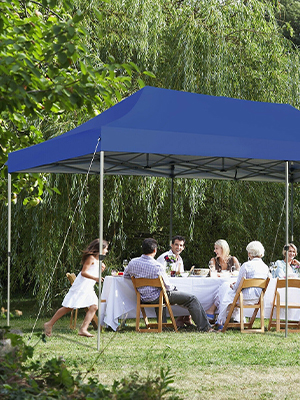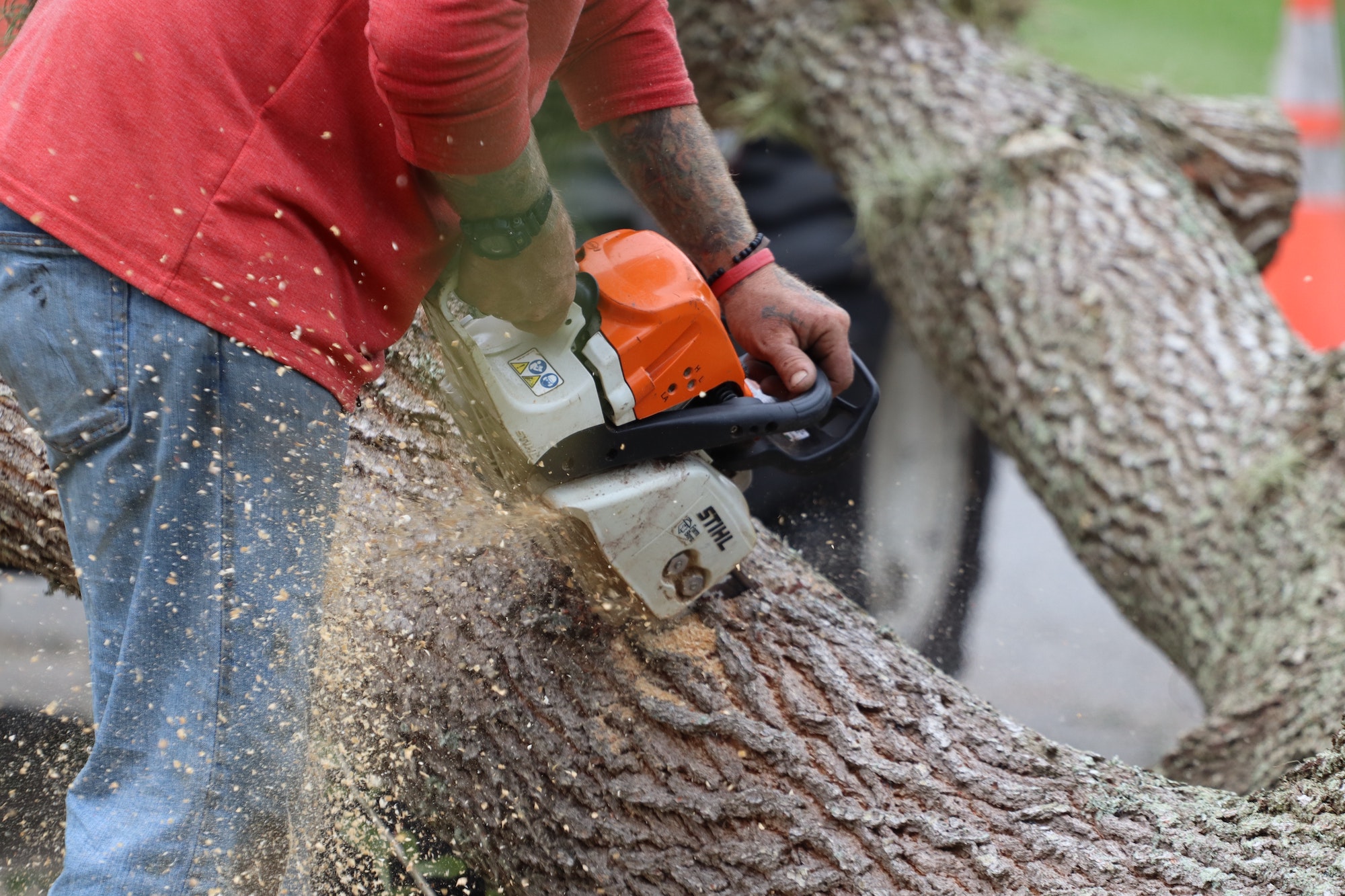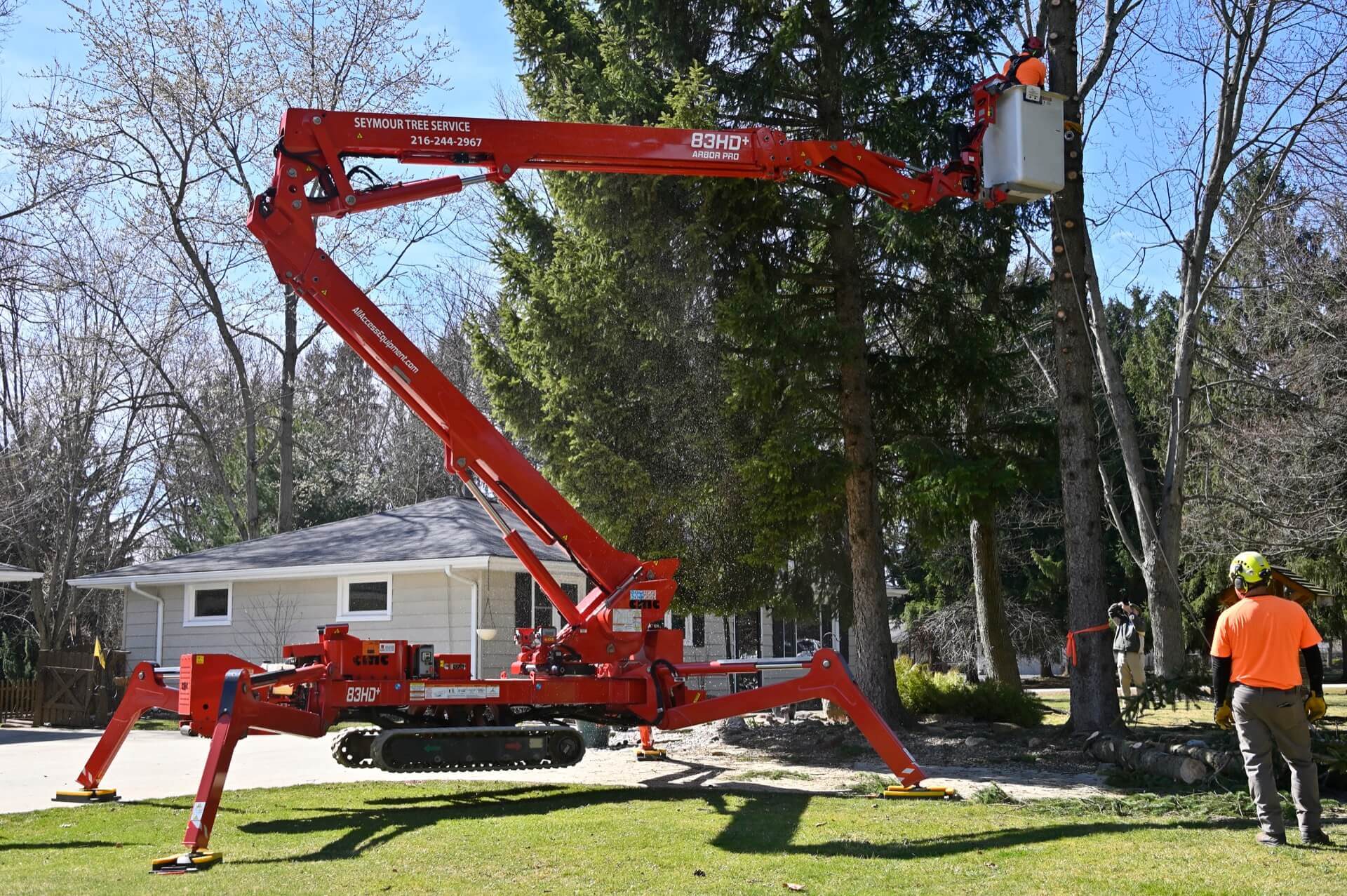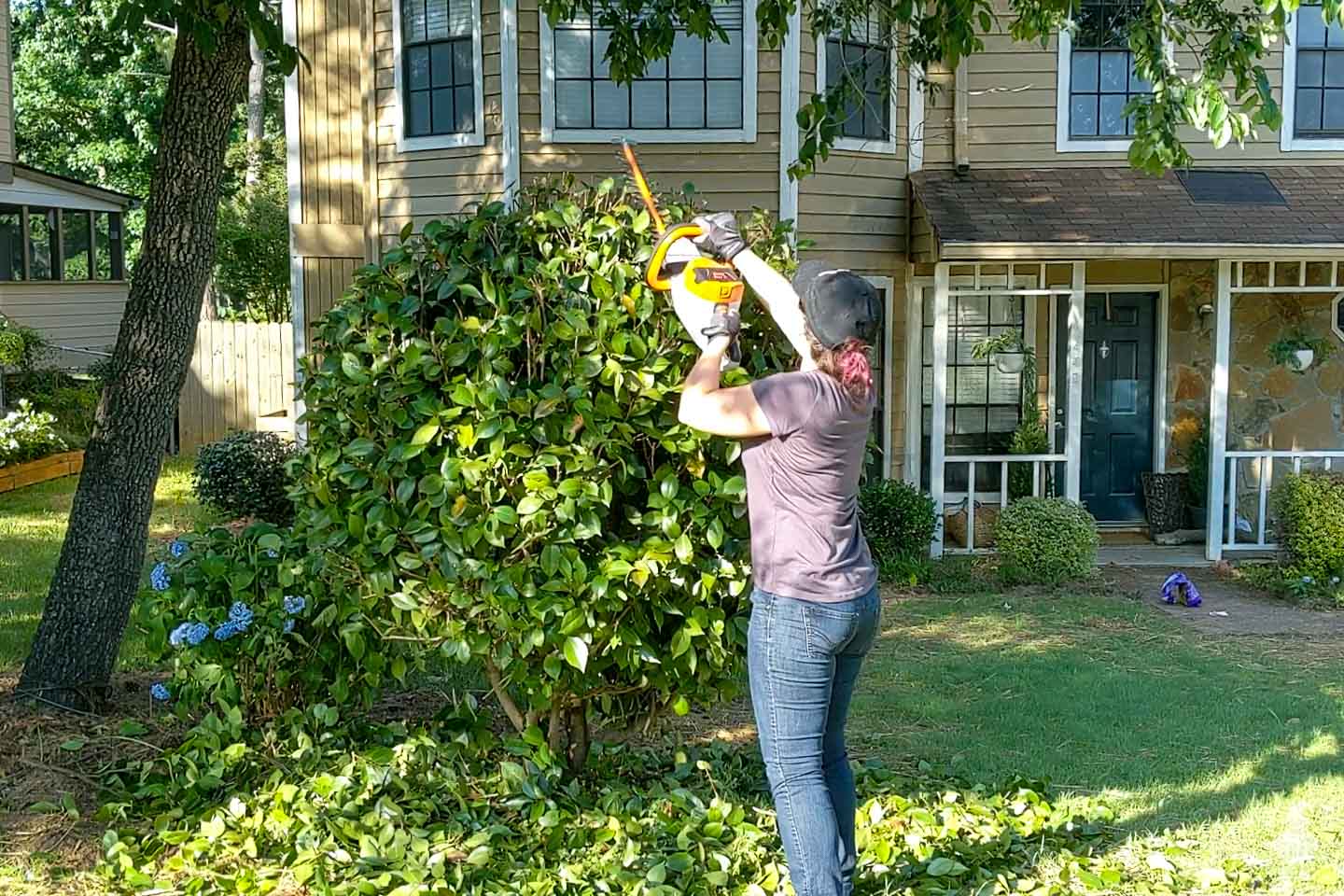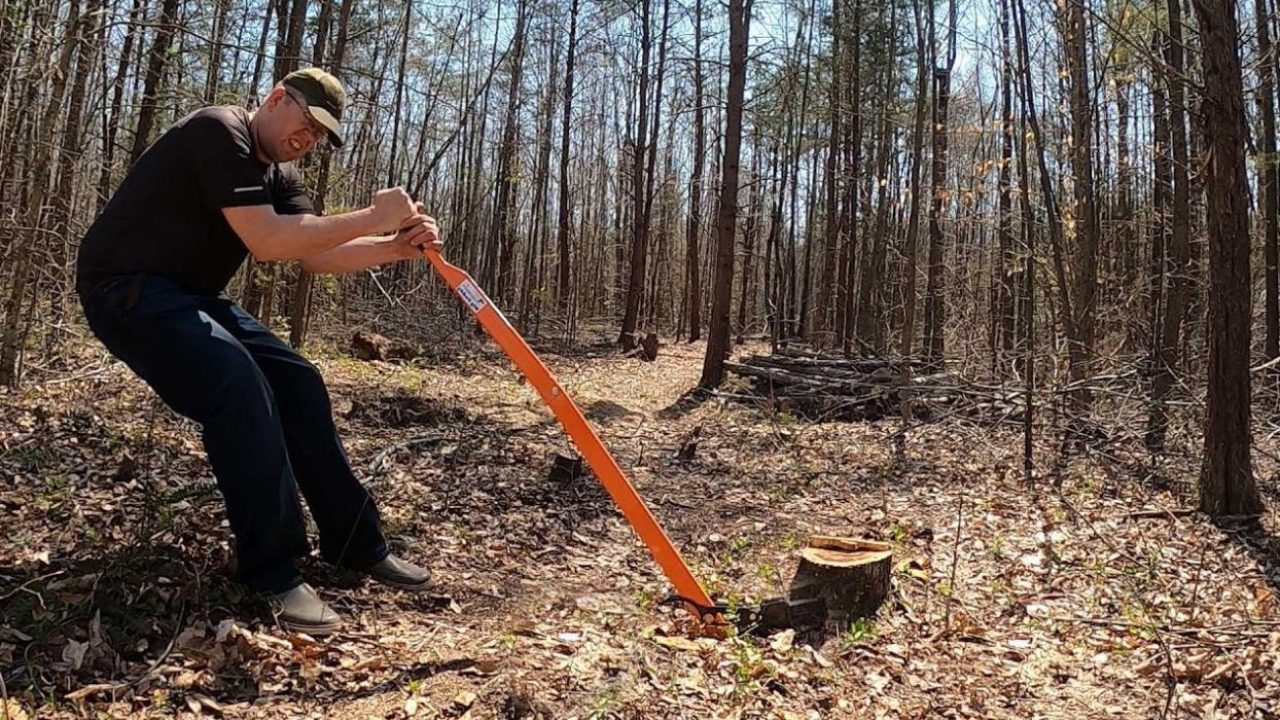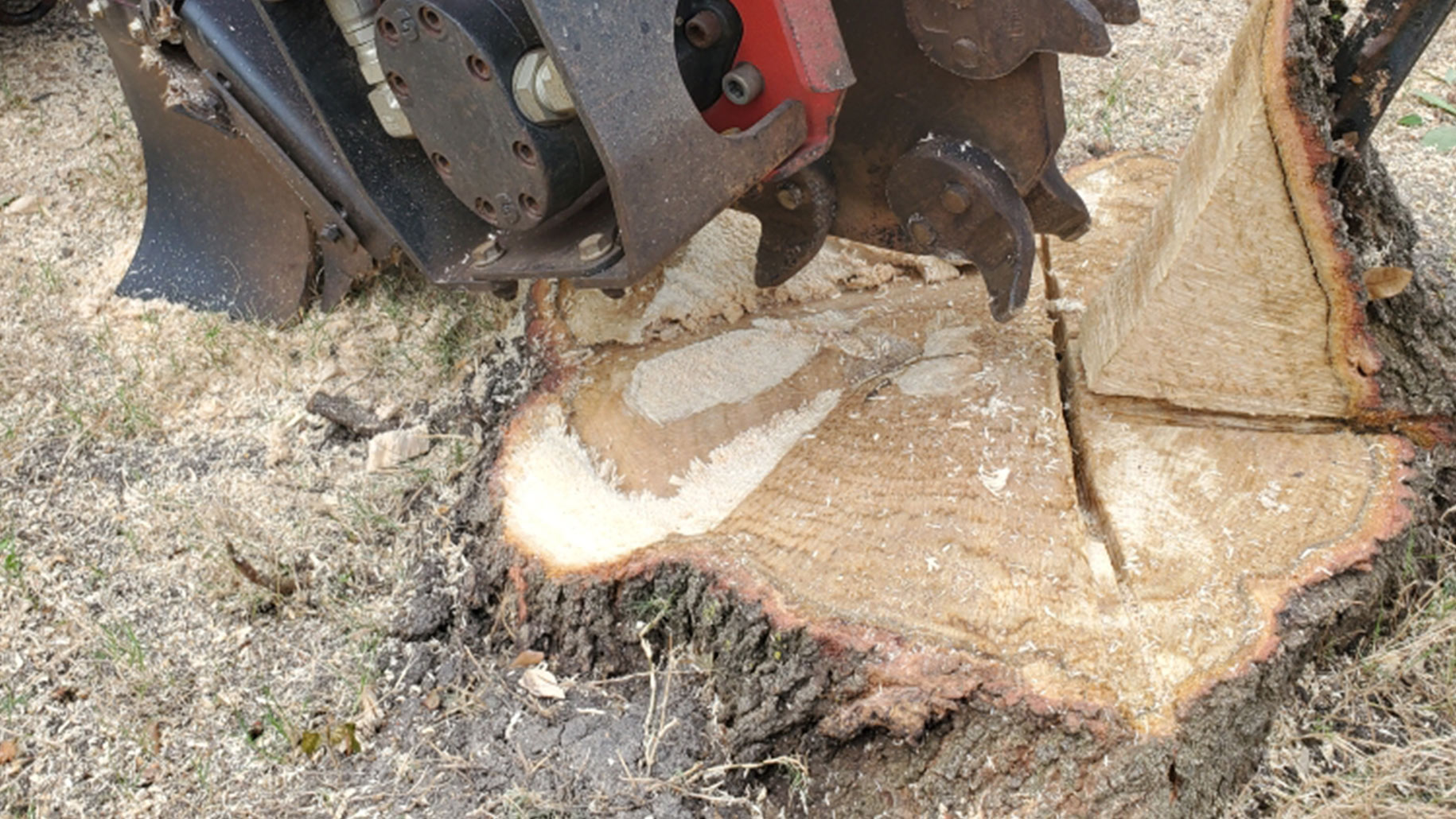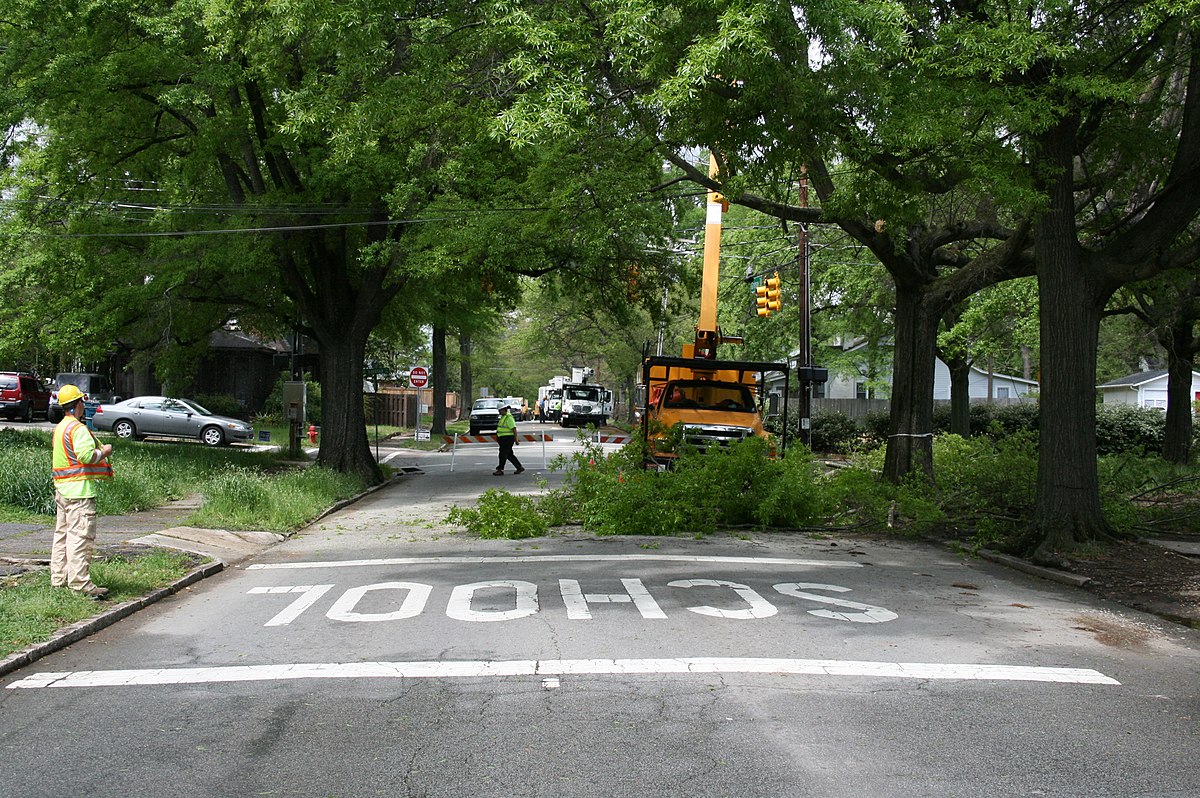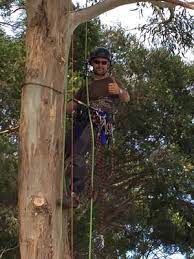leading experts in tree care services in Virginia Beach
At Virginia Beach Tree Care, we understand the vital role that proper tree pruning plays in the health, aesthetics, and longevity of your trees. As the leading experts in tree care services in Virginia Beach, we specialize in providing top-notch solutions for all your tree pruning needs.
Our Commitment to Tree Health and Beauty
We prioritize the health and beauty of your trees through our comprehensive tree pruning services. Our team of certified arborists and skilled professionals utilizes industry-leading techniques to ensure precision and care in every pruning task. From enhancing tree structure to removing diseased or hazardous branches, we tailor our services to meet the unique needs of your trees.
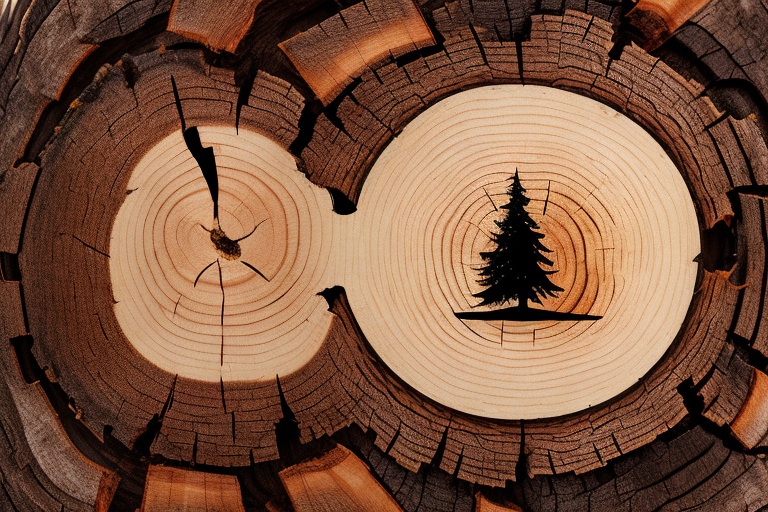
Premier Destination for Tree Pruning Essentials
Virginia Beach Tree Care offers a comprehensive range of tree care services, including tree pruning, trimming, removal, stump grinding, tree health assessments, and more. We approach each project with precision, utilizing industry-leading techniques and equipment to deliver exceptional results.
- comprehensive range of tree care services
- industry-leading techniques
- tree health assessments
Explore Our Range of Tree Pruning Services
Crown Thinning and Shaping:
Enhance tree structure and appearance while improving air circulation and reducing wind resistance.
Deadwood Removal:
Safely eliminate dead or diseased branches that pose risks to your trees and property.
Canopy Elevation:
Raise the lower branches to provide clearance for structures, vehicles, or pedestrians.
Selective Pruning:
Targeted pruning to address specific tree issues while preserving the overall health of the tree.
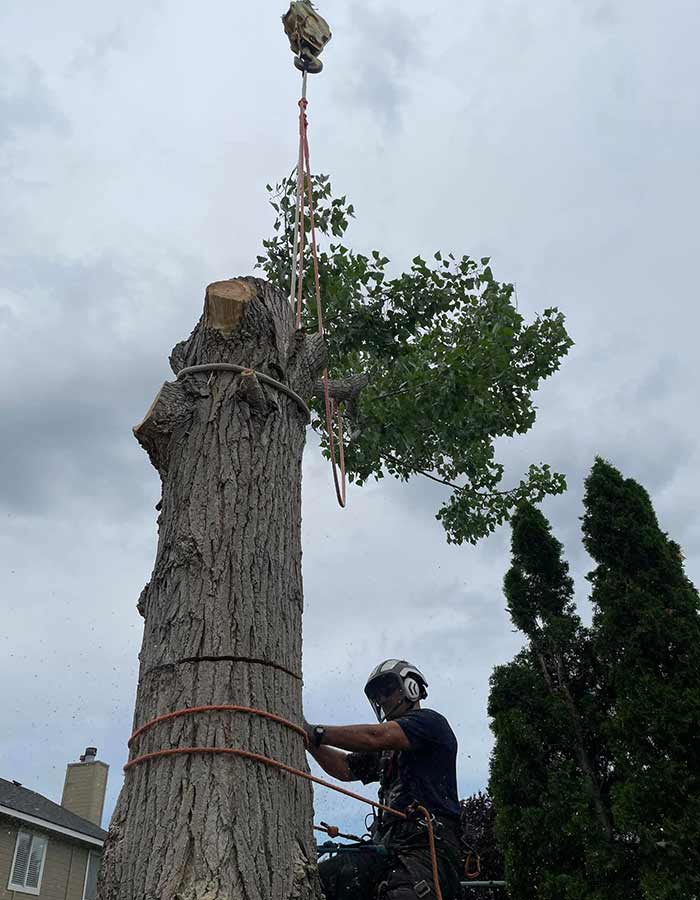
Our Gallery
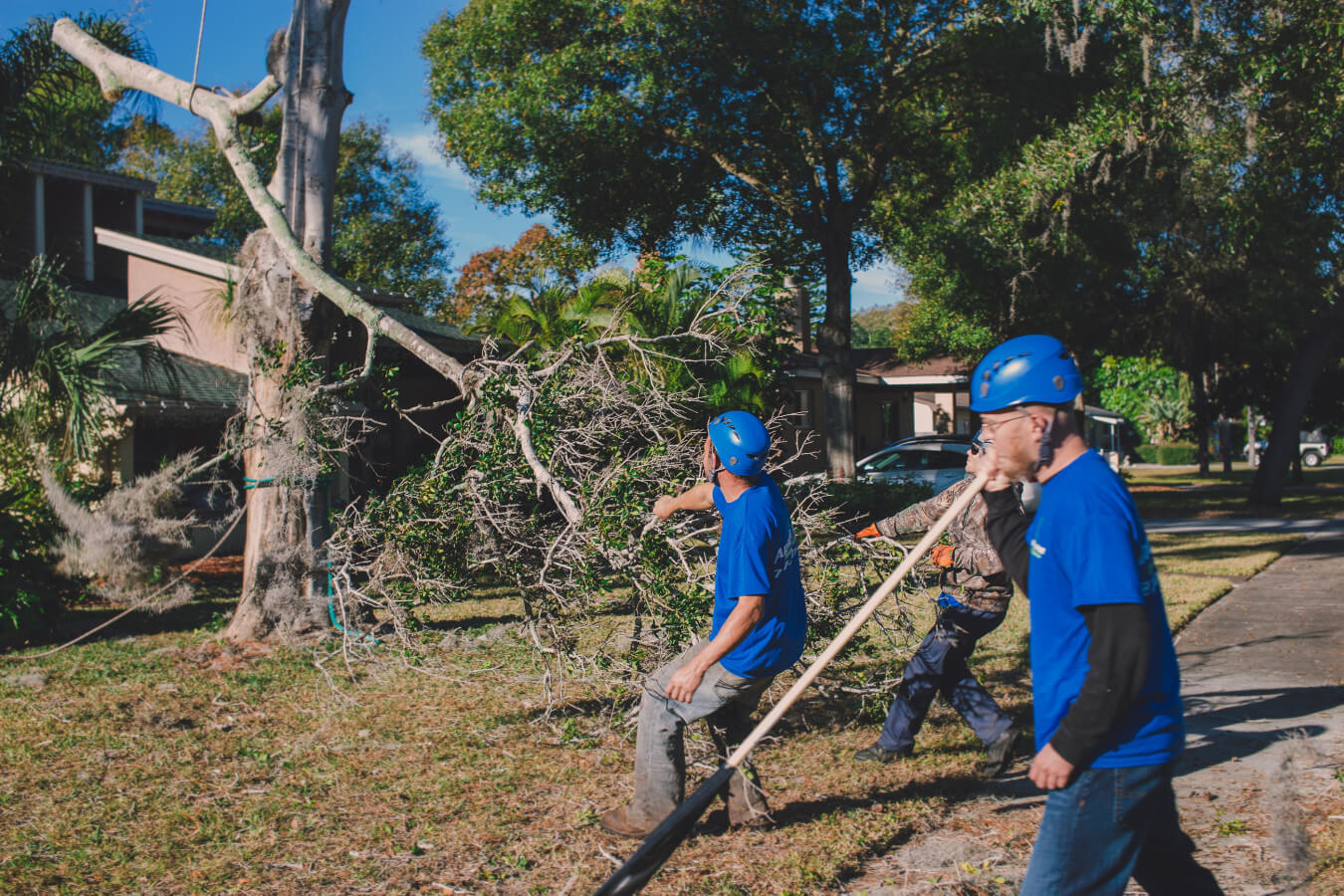
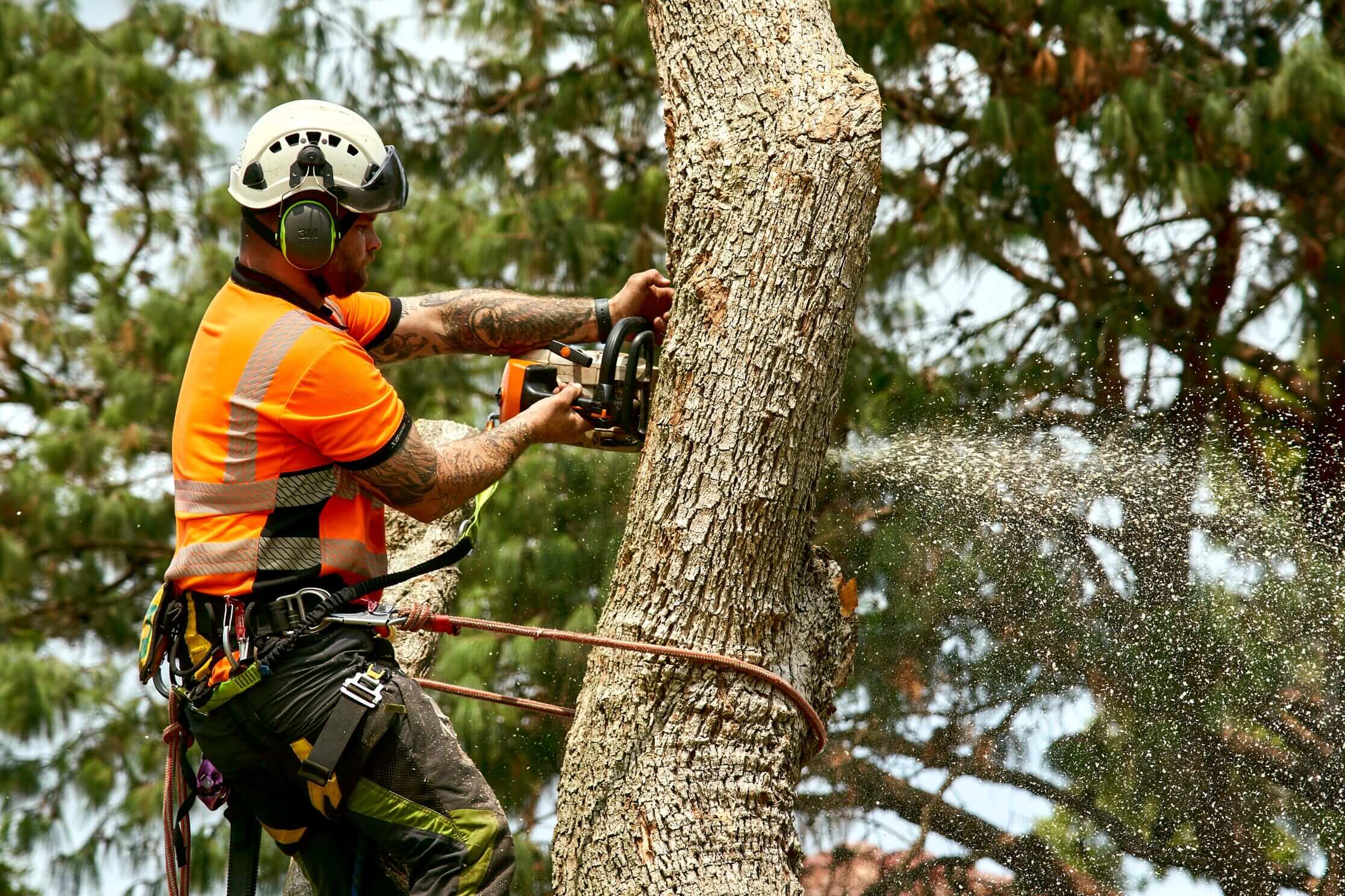
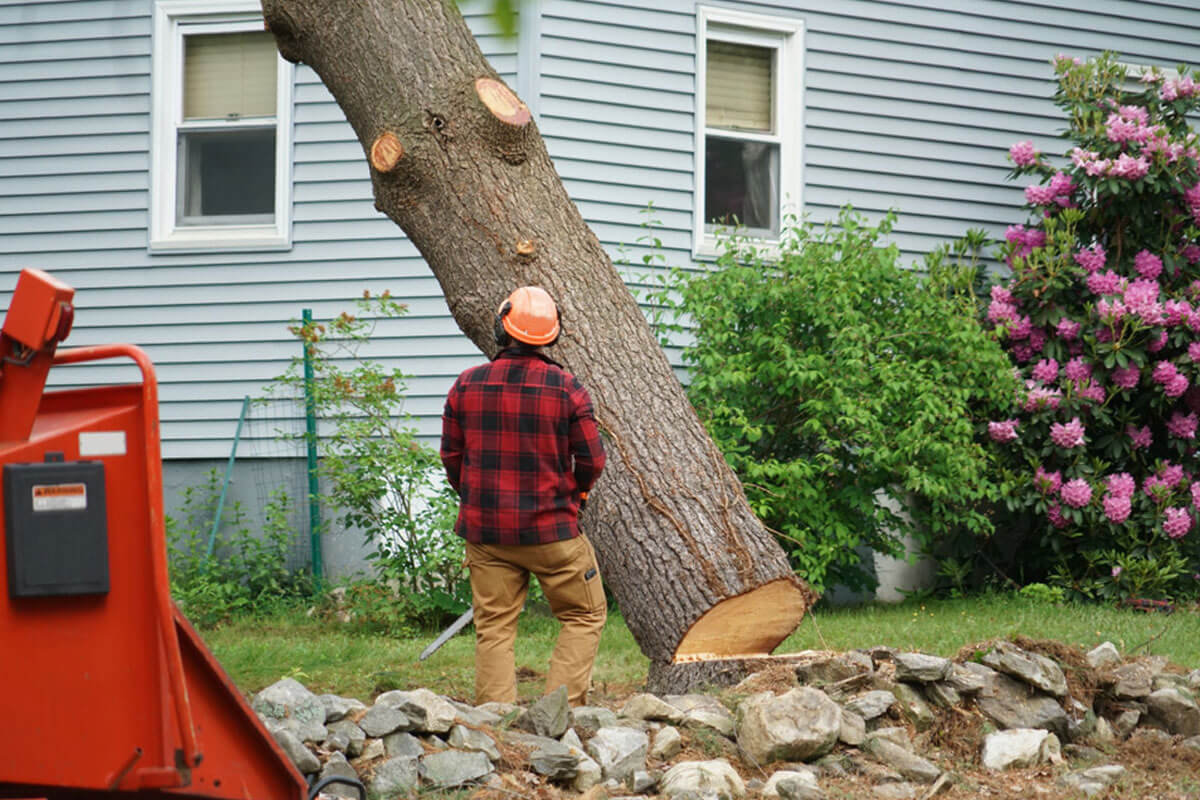
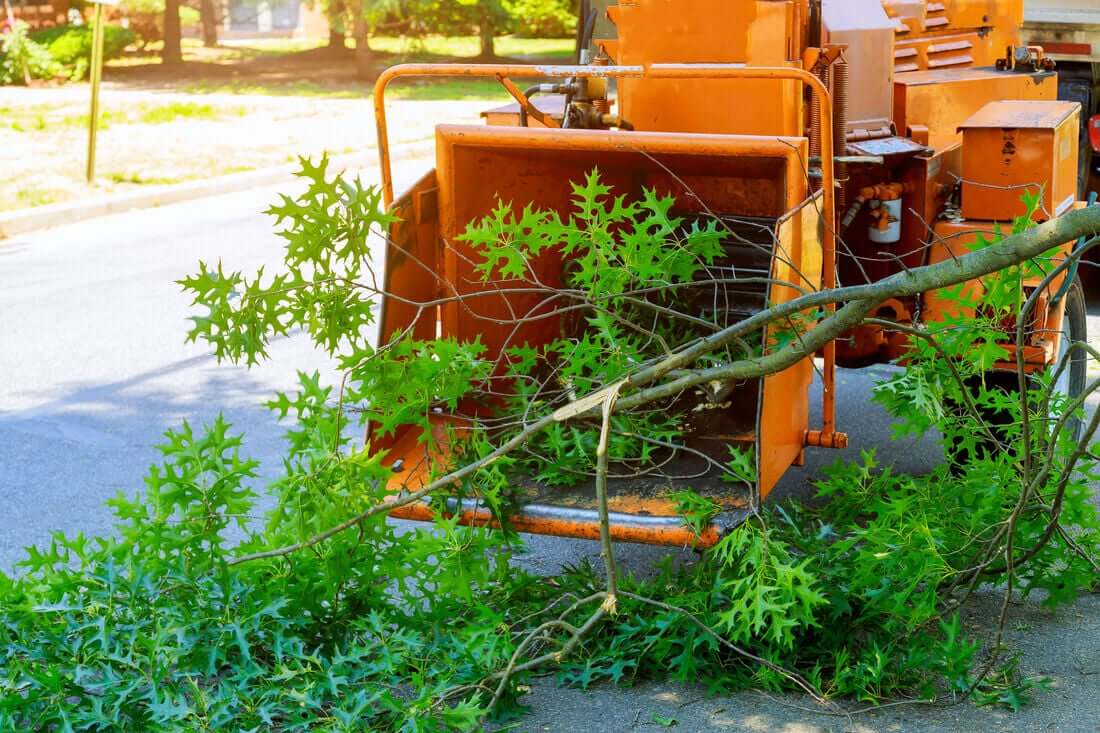
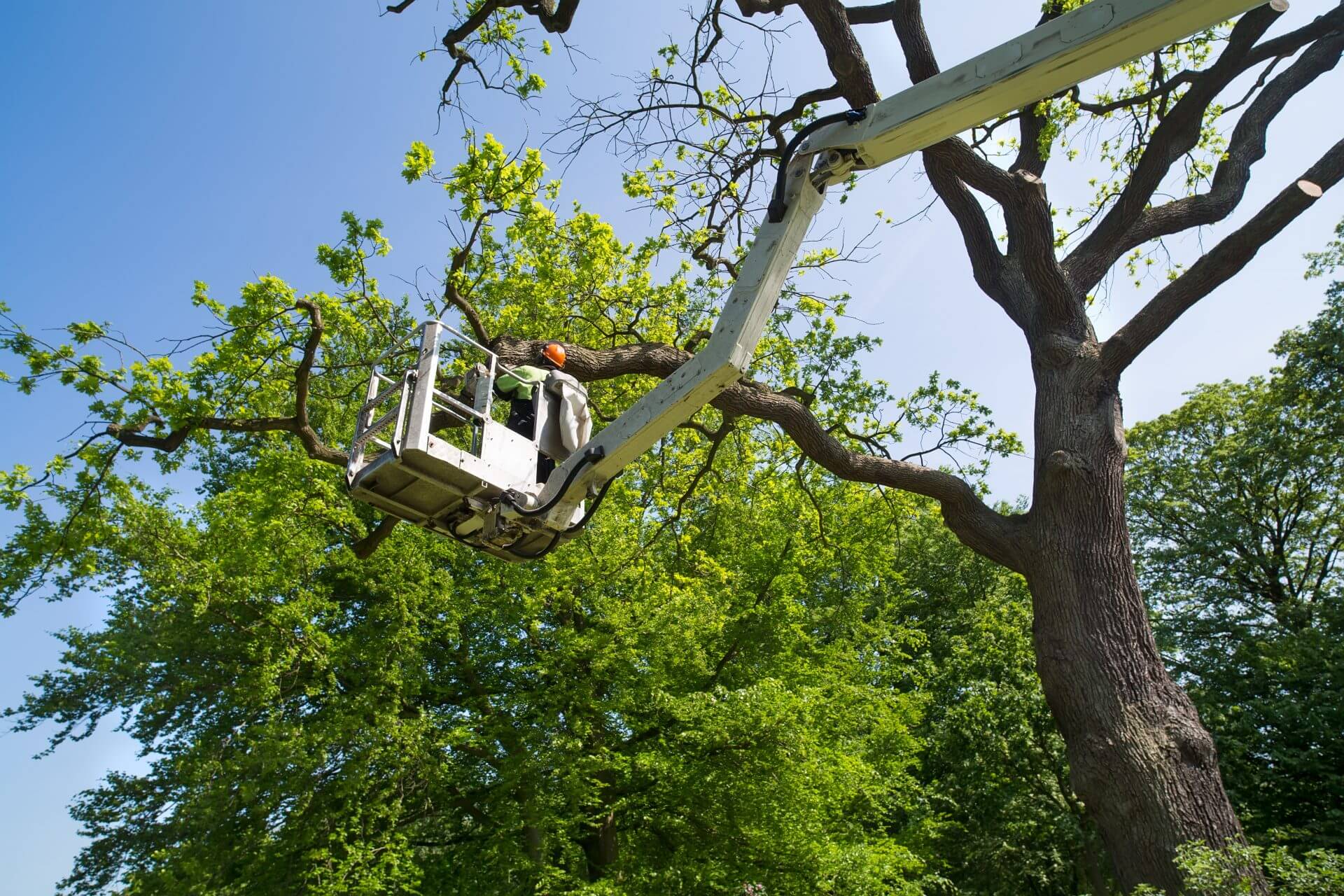
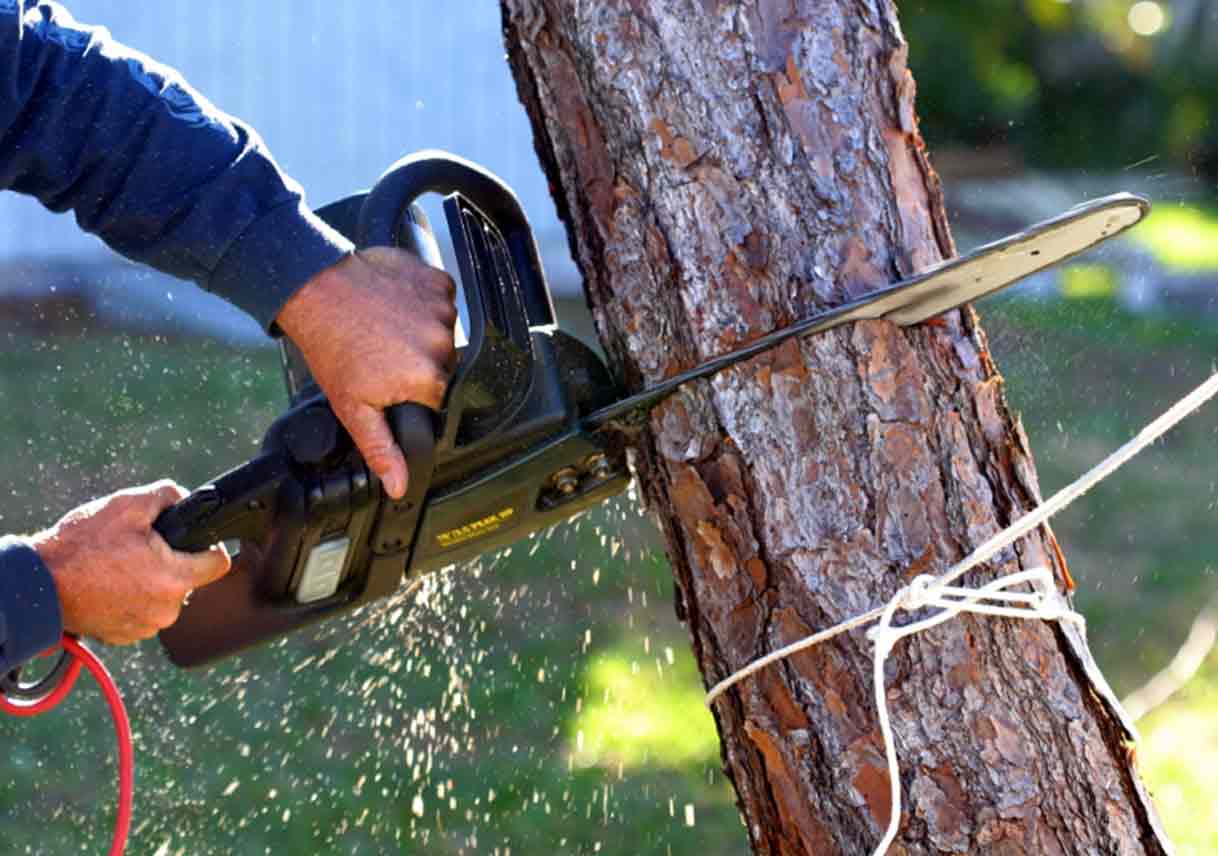
Environmental Stewardship
We recognize the vital role trees play in preserving our environment. Our tree care practices not only focus on enhancing tree health but also contribute to the overall well-being of the ecosystem in Virginia Beach.
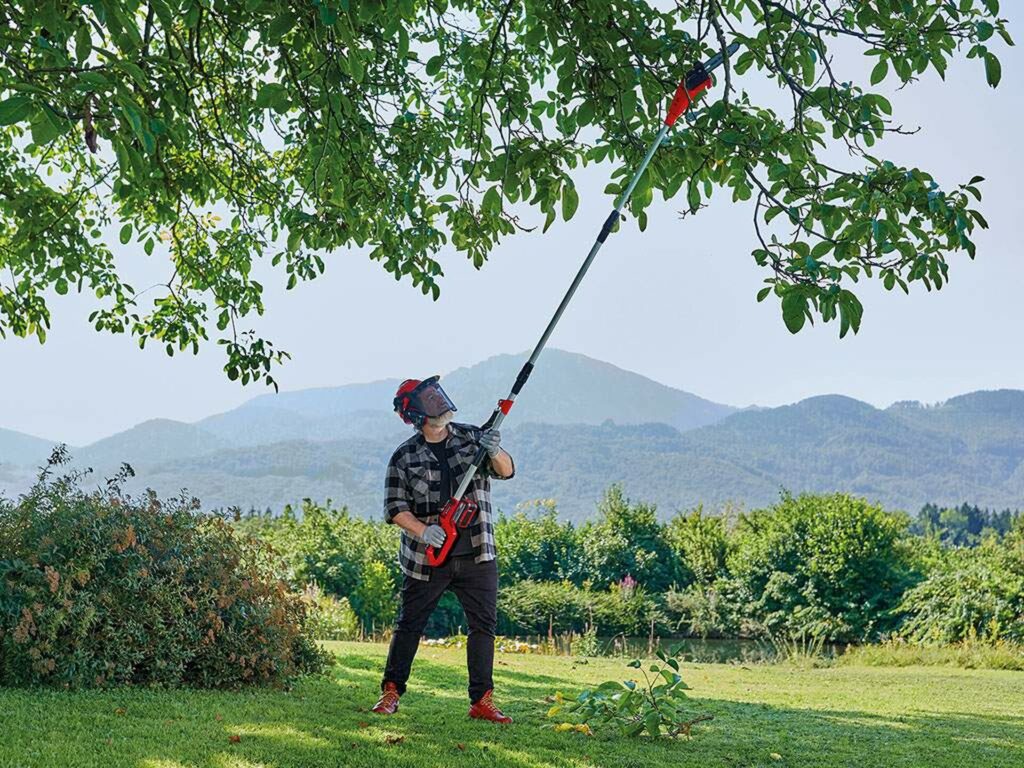
Our Services
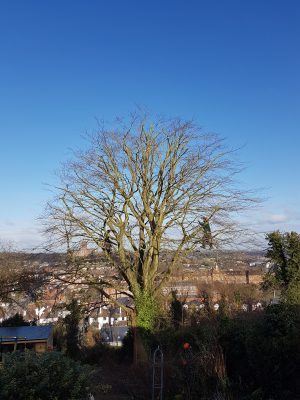
Enhance tree structure and appearance while improving air circulation and reducing wind resistance.

